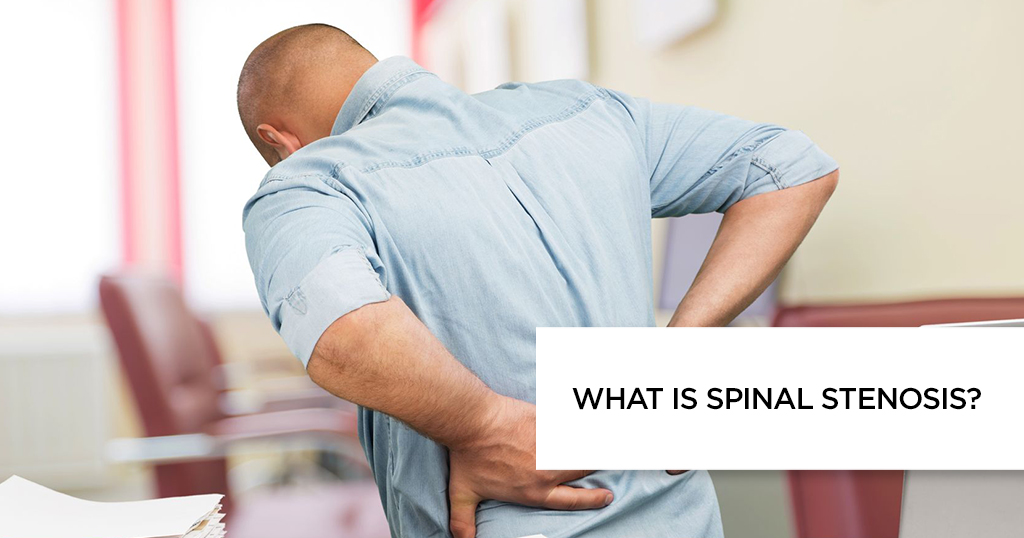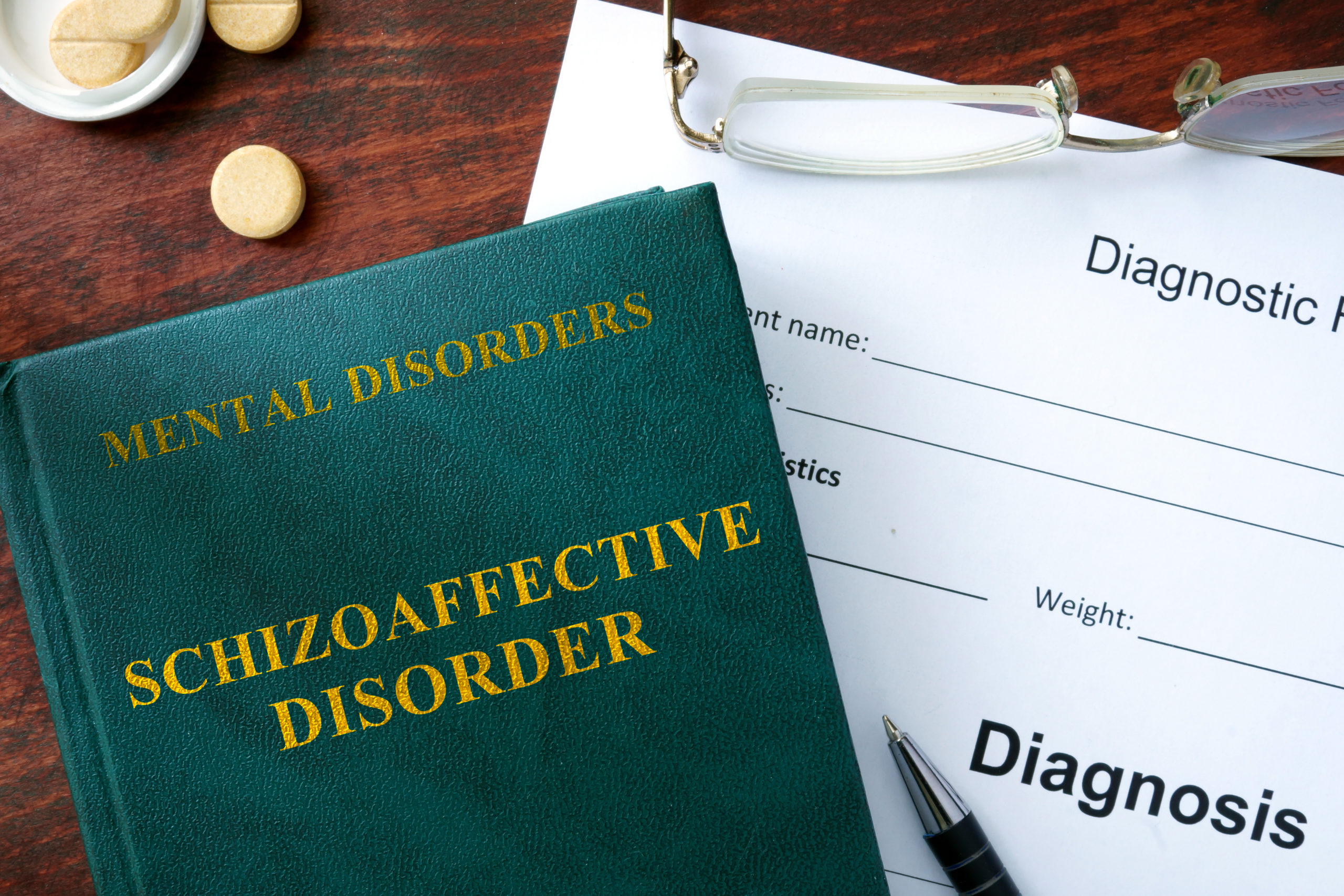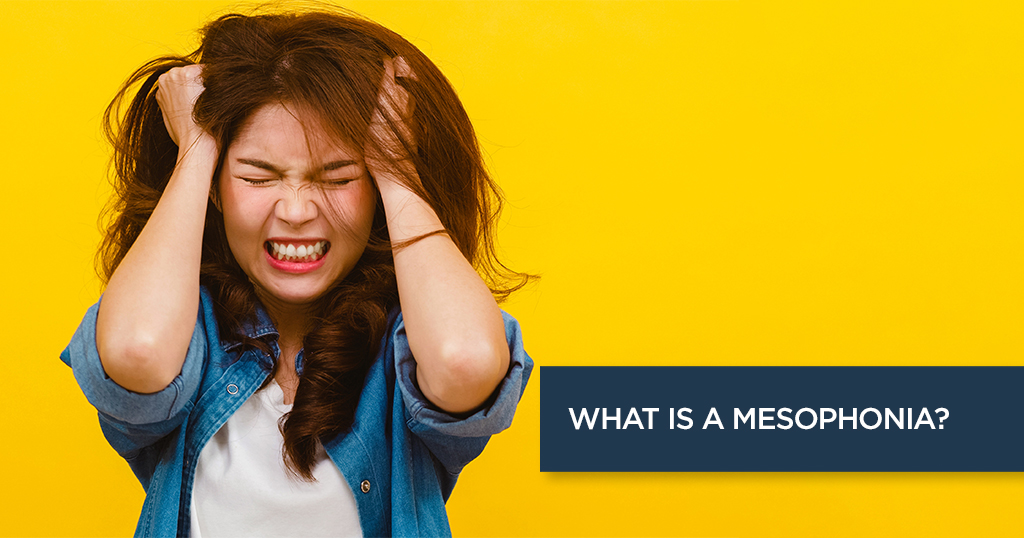What is Spinal Stenosis?


Spinal stenosis is a health condition in which the spaces within your vertebral column (backbone or spine) start narrowing. This ailment can put stress on the nerves that pass through your spine, resulting in pain and other health concerns. This condition mainly affects your neck and the lower back.
More about spinal stenosis :
The vertebral column or spine comprises a series of shock-absorbing discs and vertebrae that protect your spinal cord (the main part of your central nervous system that connects your body to the brain). And the term stenosis means an abnormal narrowing of any canal in your body. It is how spinal stenosis got its name. It is also known as vertebral stenosis.
In some people, spinal stenosis does not cause any signs or symptoms. Whereas, some people might experience muscle weakness, pain, numbness, and tingling sensation. The symptoms, if left untreated, can worsen with time.
One of the most common causes of spinal stenosis is degenerative changes in your spine that are often related to old age and osteoarthritis.
What are the types of spinal stenosis?
Spinal stenosis can affect your spine anywhere along its length. So, the classification (type) of this condition depends on where the problem persists on the backbone. It includes –
- Cervical stenosis – This condition affects your cervical spine, i.e., the neck region.
- Lumbar stenosis – It affects your lumbar spine, i.e., your lower back; it is one of the most commonly seen types of spinal stenosis.
Some people may have both cervical and lumbar stenosis.
What are the symptoms of spinal stenosis?
Not everyone who has spinal stenosis experiences signs or symptoms. However, when symptoms happen to surface, in most cases, they tend to worsen over time. Moreover, the symptoms may vary from person to person, depending on the location of the stenosis and the affected nerves.
The symptoms of cervical stenosis include –
- Pain in the neck
- Tingling sensation or numbness in the arm, hand, leg, or foot
- Weakness in the arm, hand, leg, or foot
- Balancing issues
- Difficulty walking
- Urgency to urinate
- Incontinence
The signs of lumbar stenosis include –
- Tingling sensation or numbness in the leg or foot
- Back pain
- Weakness in the leg or foot
- Cramping or pain in either one or both legs when standing for a long time or walking
When do you need medical attention?
It is crucial to get in touch with your doctor as soon as you experience the symptoms.
Call 1860-500-1066 to book an appointment.
What are the causes of spinal stenosis?
In some people, the spinal canal is small by birth. However, in most cases, spinal stenosis results from an injury or something else that happens to narrow the spaces within your vertebral column. Following are the leading causes of spinal stenosis –
- Bone overgrowth – Osteoarthritis-induced wear and tear can lead to the formation of bony projections on your spinal bones. These bone spurs can grow inside your spinal canal. A bone condition like Paget’s disease can cause such spurs in your spine.
- Herniated discs – As you age, the shock-absorbing discs present between your vertebrae become prone to drying out, resulting in cracks in the discs. These cracks can lead to further pressure on your nerves.
- Thickened ligaments – Your ligaments (a connective tissue that holds bones together) may become thick and stiff with time and protrude into your spinal canal.
- Tumors – Although rare, tumors can grow inside your spinal canal and lead to spinal stenosis.
- Spinal injuries – Fractures or dislocations of your vertebrae owing to any spinal trauma can also cause stenosis.
What are the risk factors associated with spinal stenosis?
In most cases, people who are more than 50-years old are likely to develop spinal stenosis owing to age-related degenerative changes. However, one cannot rule out degenerative issues in young people. Other factors that can cause spinal stenosis in young people include –
- Trauma
- Congenital disorders like scoliosis (a genetic deformity that affects your muscle and bones)
What are the complications associated with spinal stenosis?
If the spinal stenosis is left untreated for a long time, then it may result in permanent complications such as –
- Paralysis
- Numbness
- Maintaining balance
- Long-lasting muscle pain
- Weakness in the muscles
- Incontinence
How will your doctor diagnose spinal stenosis?
If your doctor suspects that you might have spinal stenosis, he or she will do the following things to confirm if you have this condition –
- Ask you about all the symptoms you experience.
- Talk about your family history.
- Perform physical screening.
- Recommend taking some imaging tests. It includes –
- X-rays
- MRI
- CT scan
What are the treatment options for spinal stenosis?
Your doctor will treat you according to the type of spinal stenosis you have, depending on the severity of your condition.
If you are not experiencing any symptoms or have mild problems, your doctor is likely to monitor you regularly. So, make sure not to skip any follow-up appointments. Moreover, your doctor may also suggest self-care tips that you can practice at your home. If these approaches do not work for you, then your doctor may prescribe medications and other therapies.
Medication
Your doctor is likely to prescribe the following medications depending on your conditions –
- Pain relievers
- Antidepressants
- Opioids
- Anti-seizure drugs
Physical therapy
Most people who suffer from spinal stenosis tend to become inactive. However, it can further add to the problem and lead to muscle weakness and more severe pain. A physical therapist can help you learn various exercises that will help you with the following –
● Building up your endurance and stamina
● Improving your balance
● Keeping your spine stable
● Maintaining your flexibility
Steroid injections
Although steroid injections cannot heal stenosis, these can reduce inflammation and pain.
Decompression procedure
Your doctor can also perform the PILD (percutaneous image-guided lumbar decompression) procedure to increase the space in your spinal canal. However, this decompression procedure is only for the people with lumbar stenosis and a thickened ligament.
Surgical procedures
Your doctor is most likely to recommend surgery if you did not find relief otherwise or if you have become bedridden due to your symptoms. The main aim of a surgical procedure is to reduce the pressure on your nerve roots or vertebral column.
Various studies claim that surgeries for fixing spinal stenosis do not cause many complications if highly experienced surgeons perform them. The surgical procedures include the following –
● Laminectomy – In this procedure, the surgeon removes the lamina (back part) of the concerned vertebra to ease the pressure on your nerves. In some people, the affected vertebra is connected to adjoining vertebrae with the help of spinal fusion (bone graft) and metal hardware. It strengthens the spine.
● Laminotomy – In this surgery, your surgeon will remove only a part of your lamina.
● Laminoplasty – This procedure is for the people with cervical spine stenosis. With this procedure, your doctor opens up the spaces in your spinal canal to treat your condition.
● Minimally invasive surgery – In this surgical procedure, your doctor will remove the lamina or bone in such a way that it helps in reducing the damage to the adjoining healthy tissues.
What measure can you take to ease your symptoms at home?
Paying regular visits to your doctor is very important when you have spinal stenosis. Moreover, your doctor can also suggest the following lifestyle modifications and home remedies that will help you lead a better life –
- Maintaining a healthy body weight – Maintaining a healthy weight is essential when you have spinal stenosis. So, if you are overweight or obese, discuss what all you can do to lose the extra kilos.
- Working out – Strengthening and stretching exercises can help you increase the flexibility of your spine. However, before you get started, talk to your doctor or seek help from a physical therapist about the exercises that you can do at home.
- Using cold or hot packs – You can find relief from the symptoms of cervical stenosis by applying ice or heat packs to your neck.
- Using an assistive device – Using a walker or a cane not only provides stability but can also help ease your pain and bend while walking.
Understand what your symptoms are saying
A health condition like spinal stenosis needs medical attention. So, if you experience any of the symptoms, get in touch with your doctor without fail.
Call 1860-500-1066 to book an appointment.
© Copyright 2024. Apollo Hospitals Group. All Rights Reserved.
 +91 8069991061
Book Health Check-up
Book Health Check-up
Book Appointment
Book Appointment
+91 8069991061
Book Health Check-up
Book Health Check-up
Book Appointment
Book Appointment







